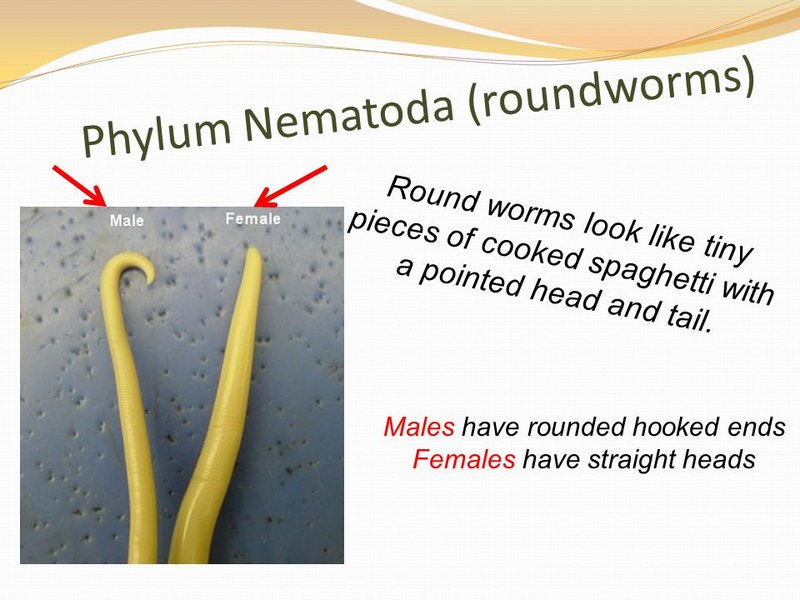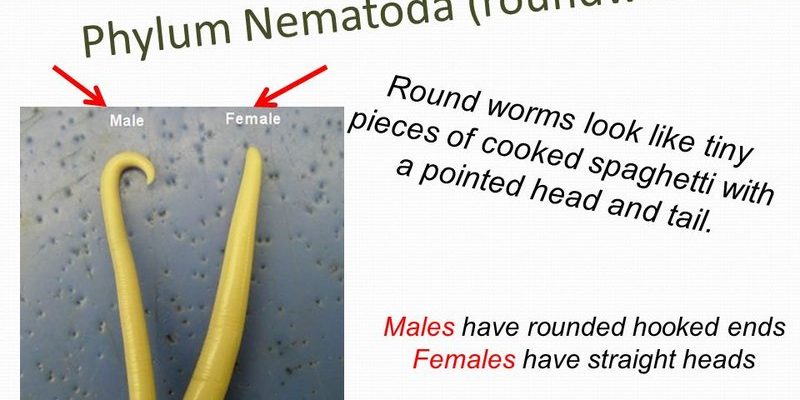
Imagine roundworms as the tiny workers of the earth. They play vital roles in breaking down organic matter and recycling nutrients, supporting plant life and overall ecosystem function. So, where do they like to hang out? Let’s dive into the intriguing world of roundworms and explore their habitat preferences in the wild.
Understanding Roundworm Habitats
Roundworms are incredibly adaptable and can thrive in a variety of environments. You might find them in soil, freshwater, saltwater, and decaying organic material. Their preference for different habitats depends on environmental conditions like moisture, temperature, and food availability.
In soil, roundworms inhabit the upper layers, where decomposing organic matter is plentiful. Here, they feast on bacteria, fungi, and other microscopic organisms. In aquatic environments, you’ll find them swimming through the water or lurking in sediments, playing a significant role in nutrient cycling. This adaptability makes them crucial to various ecosystems, emphasizing their importance beyond just being a garden pest.
Soil: The Roundworm’s Best Friend
When it comes to habitat preferences, the soil is where roundworms truly shine. They thrive in loamy, nutrient-rich soils loaded with organic matter. Think of a lush garden or a vibrant forest floor; it’s here that roundworms can really do their magic.
Key factors for roundworm habitats in soil include:
- Moisture: Roundworms need a moist environment to survive. They rely on water to help them move and to aid in feeding.
- Organic Material: These organisms consume bacteria and decomposing plant matter, making nutrient-rich soil their ideal home.
- Temperature: Most roundworms prefer moderate temperatures, typically between 10°C and 30°C (50°F and 86°F).
In nutrient-poor or overly dry conditions, roundworms struggle to survive. This is why lush, well-maintained gardens or natural forests are teeming with them, while dry or over-farmed lands may show a significant reduction in roundworm populations.
Freshwater Habitats: A Hidden World
Roundworms don’t just call the soil home; they also inhabit freshwater environments like rivers, lakes, and wetlands. In these aquatic habitats, they play an essential role in maintaining ecological balance. You might be surprised to learn that roundworms can be found in surprising places, like the sediment at the bottom of a pond.
In freshwater, roundworms often feed on microorganisms. They help decompose organic matter, which supports plant life and contributes to the food web. This makes them key players in aquatic ecosystems.
Moreover, roundworms can adapt to various water quality conditions, although clean, well-oxygenated waters are typically where you’ll find the most diversity. In polluted waters, some roundworm species thrive, acting as indicators of environmental health.
Marine Environments: Thriving in Saltwater
You might be wondering how roundworms adapt to salty surroundings. In marine environments, they are found in oceans and seas, where they often inhabit sandy or muddy substrates. Just like their freshwater cousins, these roundworms are crucial to marine food webs, breaking down organic materials and cycling nutrients.
Roundworms in marine habitats feed on bacteria and organic detritus. Their presence in sediments helps prevent the accumulation of waste, fostering healthier ecosystems. You might picture a vibrant coral reef teeming with life, but beneath the surface, roundworms are hard at work, contributing to the overall health of the ecosystem.
Role of Roundworms in Decomposition
A lesser-known yet fundamental aspect of roundworms’ habitat preferences is their role in decomposition. They are nature’s recyclers. As they break down and consume decomposing organic matter, they help release nutrients back into the soil or water, making them available for plants and other organisms.
When roundworms feed on organic matter, they also help aerate the soil, similar to how gardeners till their plots. This aeration allows for better water retention and root growth, enhancing overall plant health. Their habitat preferences reflect their need for environments rich in organic material, underscoring their importance in nutrient cycling.
Human Impact on Roundworm Habitats
Unfortunately, human activities can negatively affect roundworm habitats. Practices like over-farming, pollution, and deforestation can disrupt the delicate ecosystems where roundworms thrive. In agricultural settings, the use of pesticides can significantly reduce roundworm populations, impacting soil health and fertility.
You might be part of a gardening community or simply passionate about earth science. Understanding how to support these essential creatures can influence the health of your local environment. Simple actions, such as composting organic waste or minimizing chemical use in gardens, can help create a healthier habitat for roundworms and other vital soil organisms.
Roundworms might be tiny, but their impact on ecosystems is profound. From nutrient cycling in the soil to their hidden roles in aquatic environments, these creatures are essential to the health of our planet. By understanding their habitat preferences, we can appreciate the intricate web of life they support and recognize the importance of preserving their environments.
The next time you dig into the soil or wander near a stream, take a moment to think about the roundworms living there. Their presence is a testament to the health of those ecosystems, reminding us that even the smallest creatures play a significant role in the grand picture of life on Earth.

